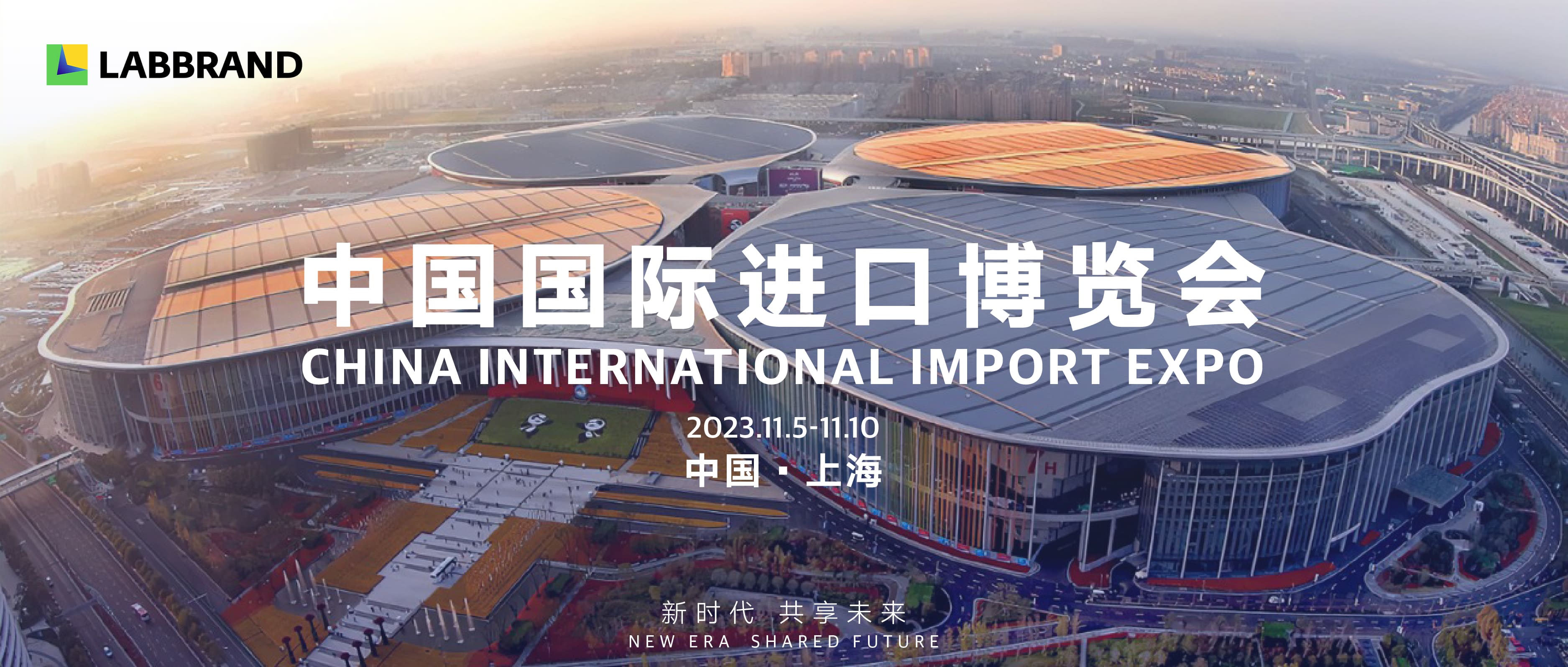

The 6th China International Import Expo (CIIE) is set to take place from November 5th to 10th, 2023 at the National Exhibition and Convention Center in Shanghai, with participation from over 3,400 companies representing more than 120 countries and regions.
This year’s CIIE will cover 7 key industries. In anticipation of the event, Labbrand has chosen 3 categories against which to share our latest insights on customer trends and brand-building best practices. Together, these insights can help foreign brands gain a richer understanding of how to succeed in the Chinese market of today and tomorrow.
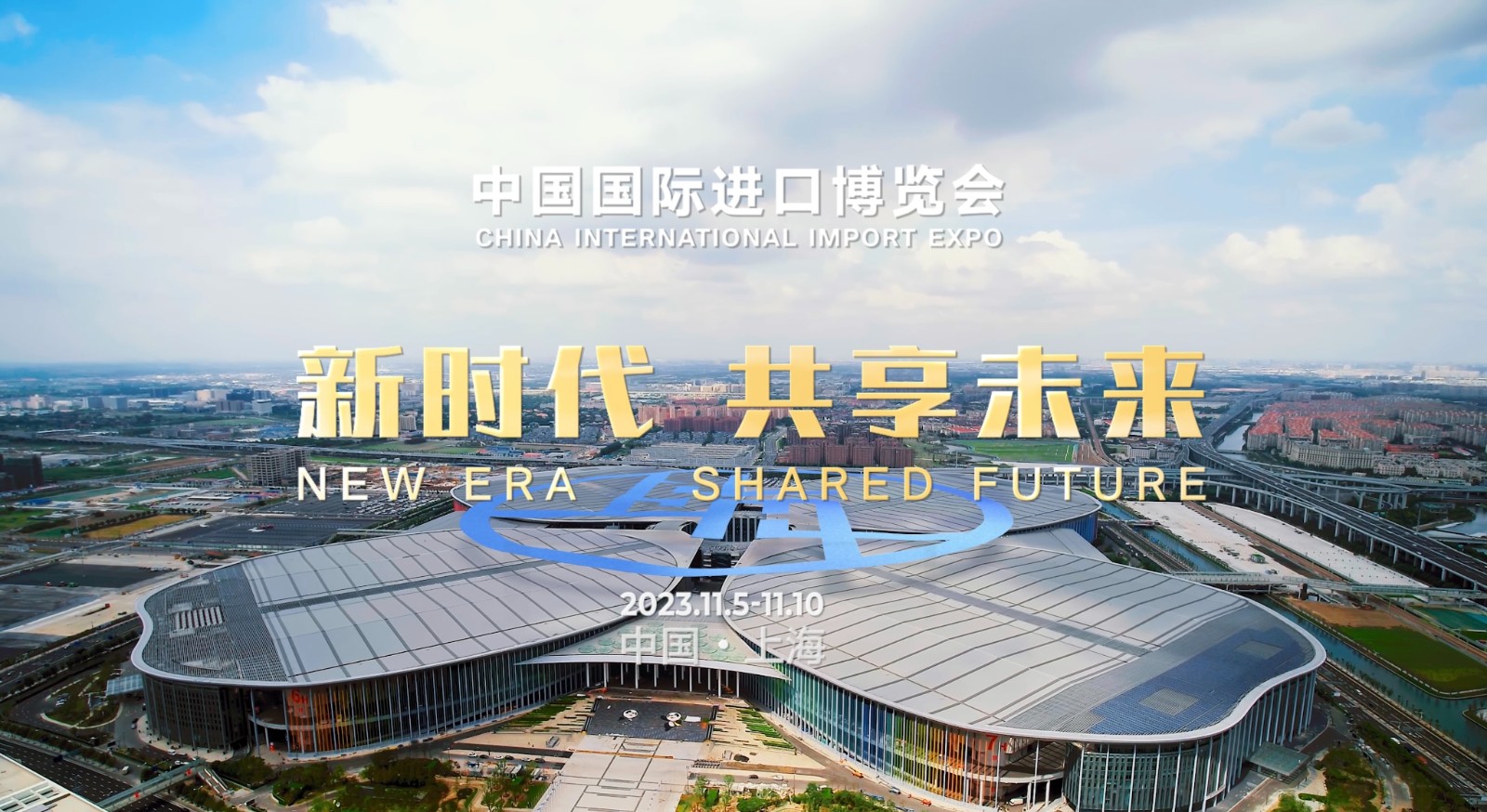
In recent years, a remarkable shift has taken place in the Chinese F&B sector. According to the 2023 Global Food and Beverage Industry Development Trends and Data Insights Report, consumer demand is trending in the direction of ‘sensible eating’. This attitude emphasizes health, nutrition and quality. Under this general trend, concepts like ‘zero additives’ or ‘low fat’ have fueled the growth of many new brands and products.
In many categories, Chinese consumers, once enamored with foreign products and brands, are turning to local alternatives. We believe several factors explain this shift. First, the general progress of China’s supply chain and food safety standards means that a new generation of consumers is raised without the memories of past food safety scandals and showing full confidence in local brands. In short: foreign brands can no longer command a ‘safety premium’ and need to work harder to cater to local customer preferences.
Meanwhile, a new generation of Chinese brands, such as Genki Forest 元气森林 or Chocoday 每日黑巧, is coming to maturity. These brands have been early to capitalize on the ‘sensible eating’ trend, pushing healthy alternatives in many categories and outflanking foreign brands in terms of pace of product innovation. They have also proved adept at using new marketing and sales tactics to supercharge their growth. They have applied considerable budget and know how to connect with their audiences, especially through digital channels. Having found initial success through single-product niche strategies, many of these brands are now competing with established FMCG giants across larger product ranges.
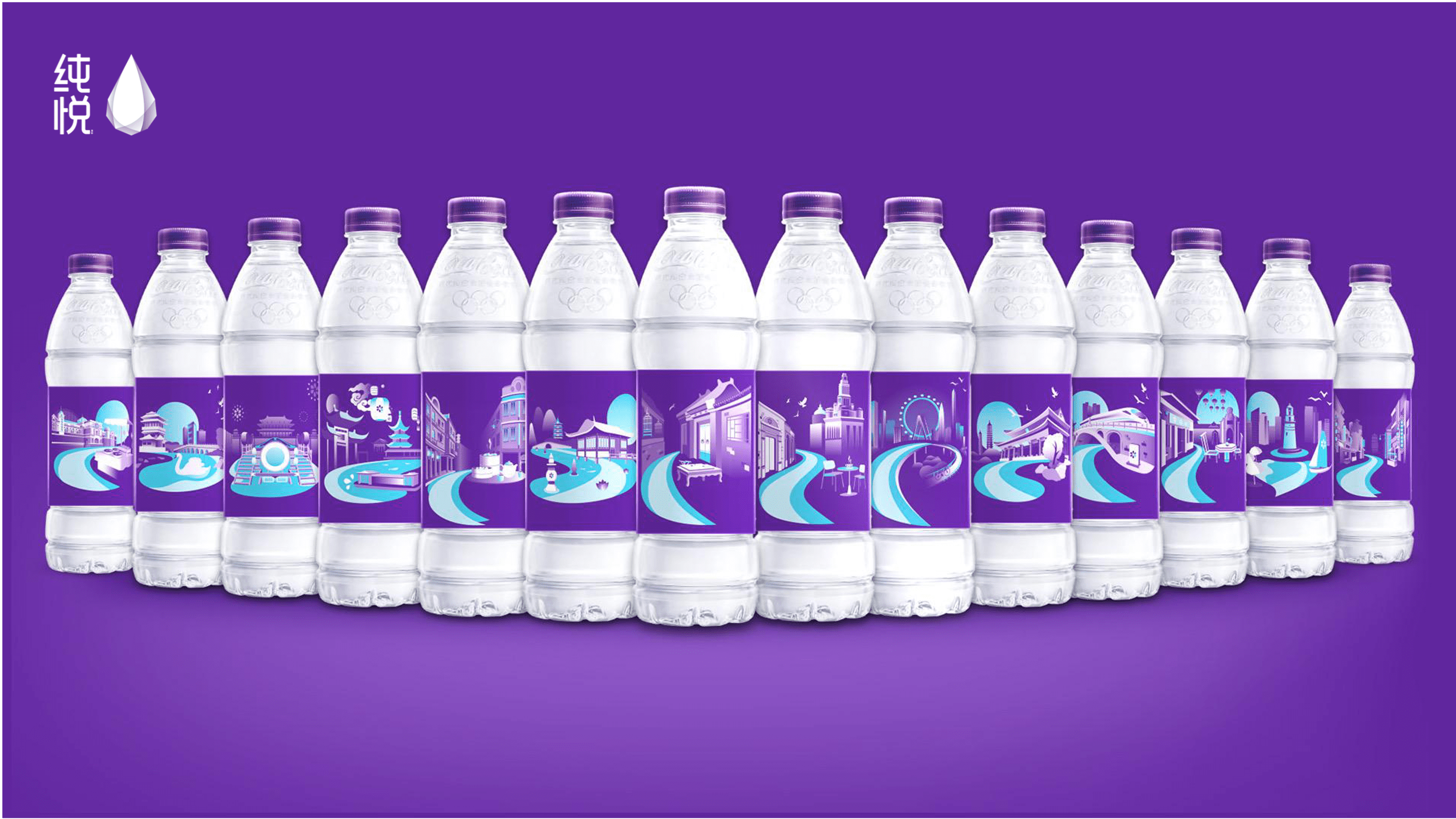
Through our experience working with both established global F&B groups such as Coca-Cola or Pernod Ricard and local upstarts such as the instant noodle brand Baixiang, we see this trend from both angles. While local brands rise steadily, foreign players are rushing to localize their brand and experience on a deeper level. Beyond a Chinese name, many brands are seeking to enrich their local identity through Chinese nicknames, new packaging, or new made-for-China SKUs with new recipes. The Chinese market without a doubt still offers many opportunities for new brands, especially in nascent categories, but in-depth localization must be baked into the strategy from day 1.
With the pandemic behind us, high-end consumer brands have resumed their growth in China. However, in this new ‘experience economy’, young Chinese customers have become more thoughtful and discerning when purchasing high-end products. How can luxury brands re-interpret themselves with modernity to attract Chinese consumers nowadays?
In the past, luxury brands emphasized service and status. Today, premium brands are exploring new paths. Through our experience working with a variety of industries within the luxury sector, such as auto, travel, retail, beauty, and fragrance, we have identified 4 types of experiences that represent the future of luxury consumption in China.
It re-evaluates the relationship between humans, nature, and technology in an unprecedented way, going beyond the anthropocentric stance and into the cosmos. It drives consumers to adopt a forward-thinking outlook through mind-blowing and somewhat unsettling experiences.

The traditional heritage is revitalized through the infusion of modern elements with striking and impactful contrast. It catches the eyes of consumers and satisfies their yearning for innovation and modernization of established heritage.

It creates an exceptional reverie that values deep emotional relationships, higher spiritual aspirations and inner being, a calling for the return to the essence of life.
Consumers seek to transcend their lives beyond material possessions by engaging in a community with higher spiritual pursuits.

The profound emotional experience, deep wisdom, and inner abundance are manifested in a modern and understated way – reduction & minimalism. It enables consumers to cultivate a heightened sense of self-awareness and spiritual enlightenment. Emptiness allows inner fullness.
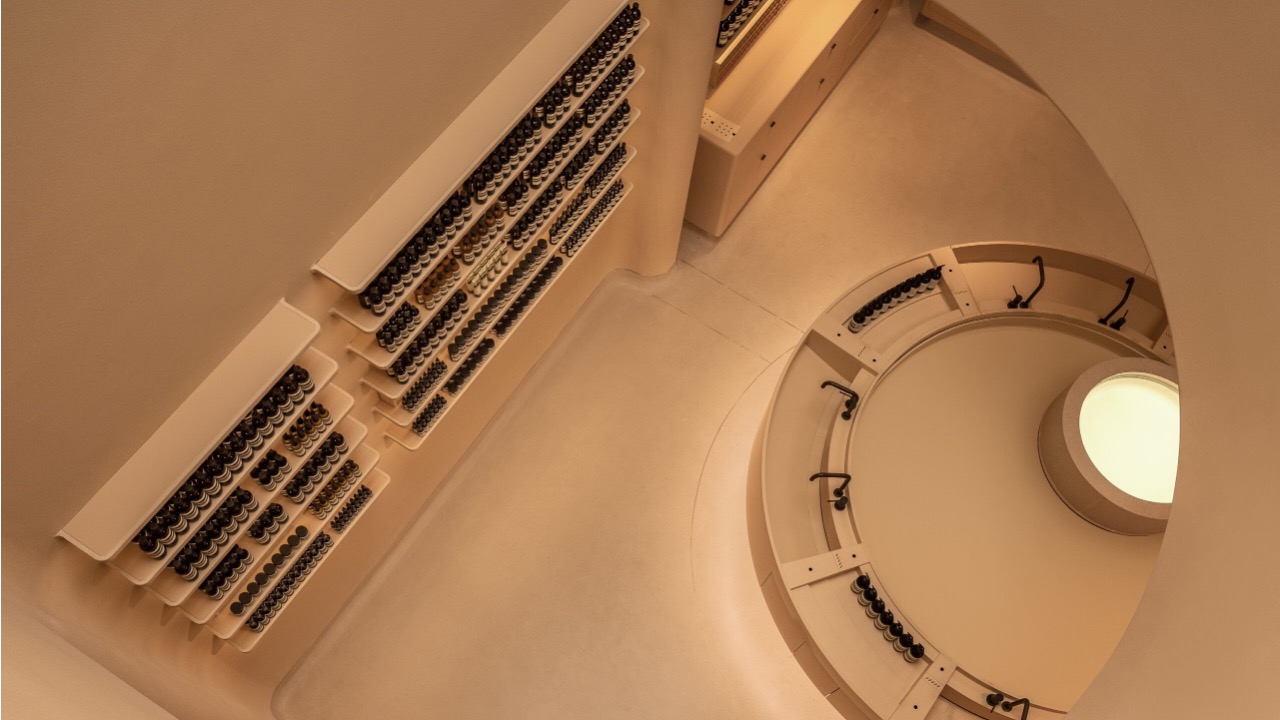
Looking ahead to the next years and the next decade, Labbrand believes that brands should embrace these trends to connect with progressive youngsters through experiences, while simultaneously maximizing brand impact through community building and occupying aspirational dreams in the growth categories.
What is commonly referred to as the ’Eat, Drink and Have Fun’ industry is driving customer demand post COVID. While spending has been more cautious in traditional categories such as apparel, auto or durable goods; Chinese consumers across all demographics are making services and experiences a bigger part of their lifestyle and spending behavior. A few data points bear out this observation: travel data from major holiday periods shows that domestic travel has already surpassed pre-pandemic levels, hotel rates in Q3 2023 are 6% over Q3 2019, consumer spending in the ‘Sports and Entertainment’ category is at over 180% of 2019 and hospitality group Accor has signed a record 125 new hotel deals in China this year, demonstrating remarkable confidence about future demand growth.
In addition to growing, the service sector also constitutes a new area for innovation in brand and experience design. Based on our work with leading local and foreign players such as IHG, Jinjiang or Hilton; we see 3 major trends at play in this space that will shape both customer demand and future brand offerings:
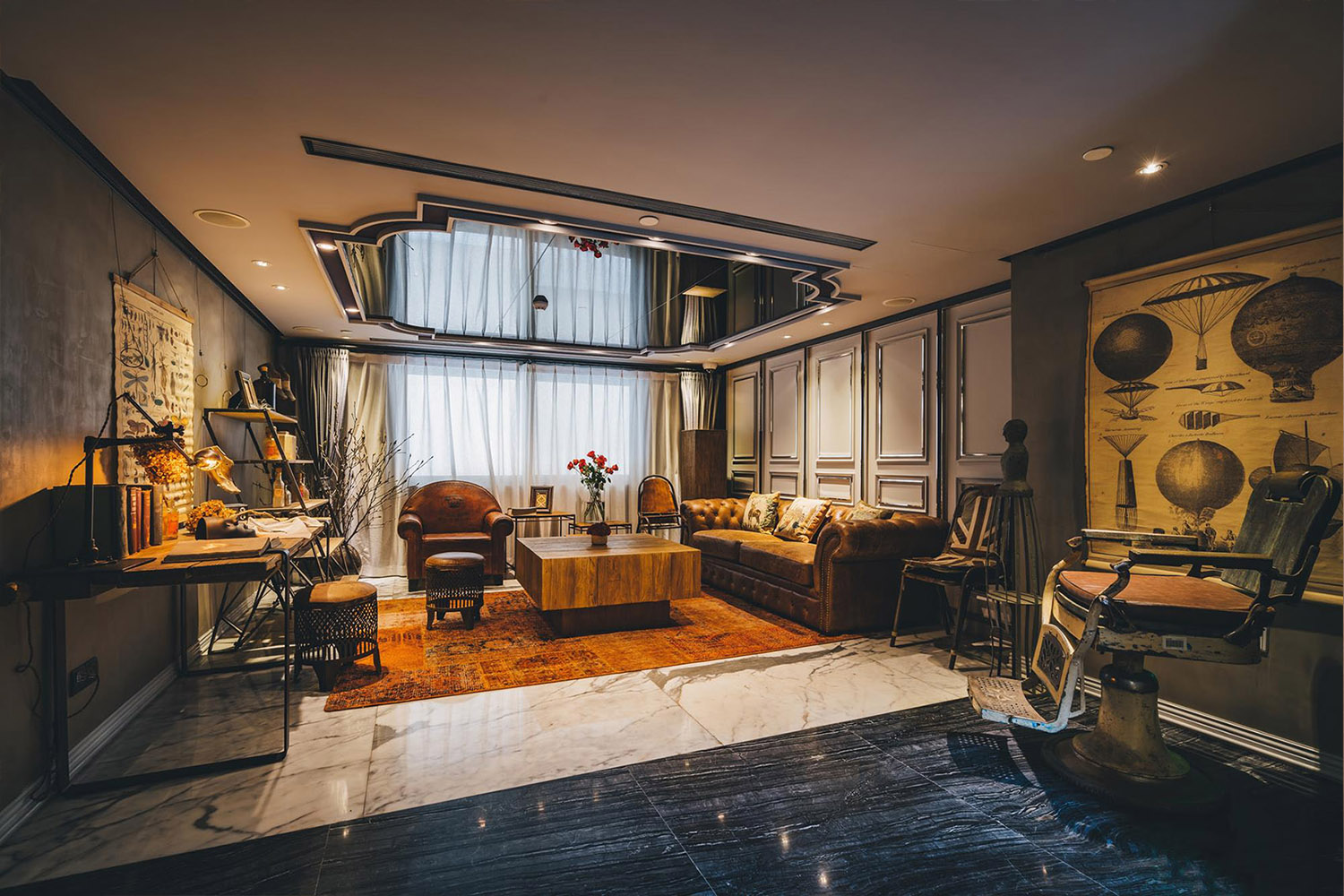
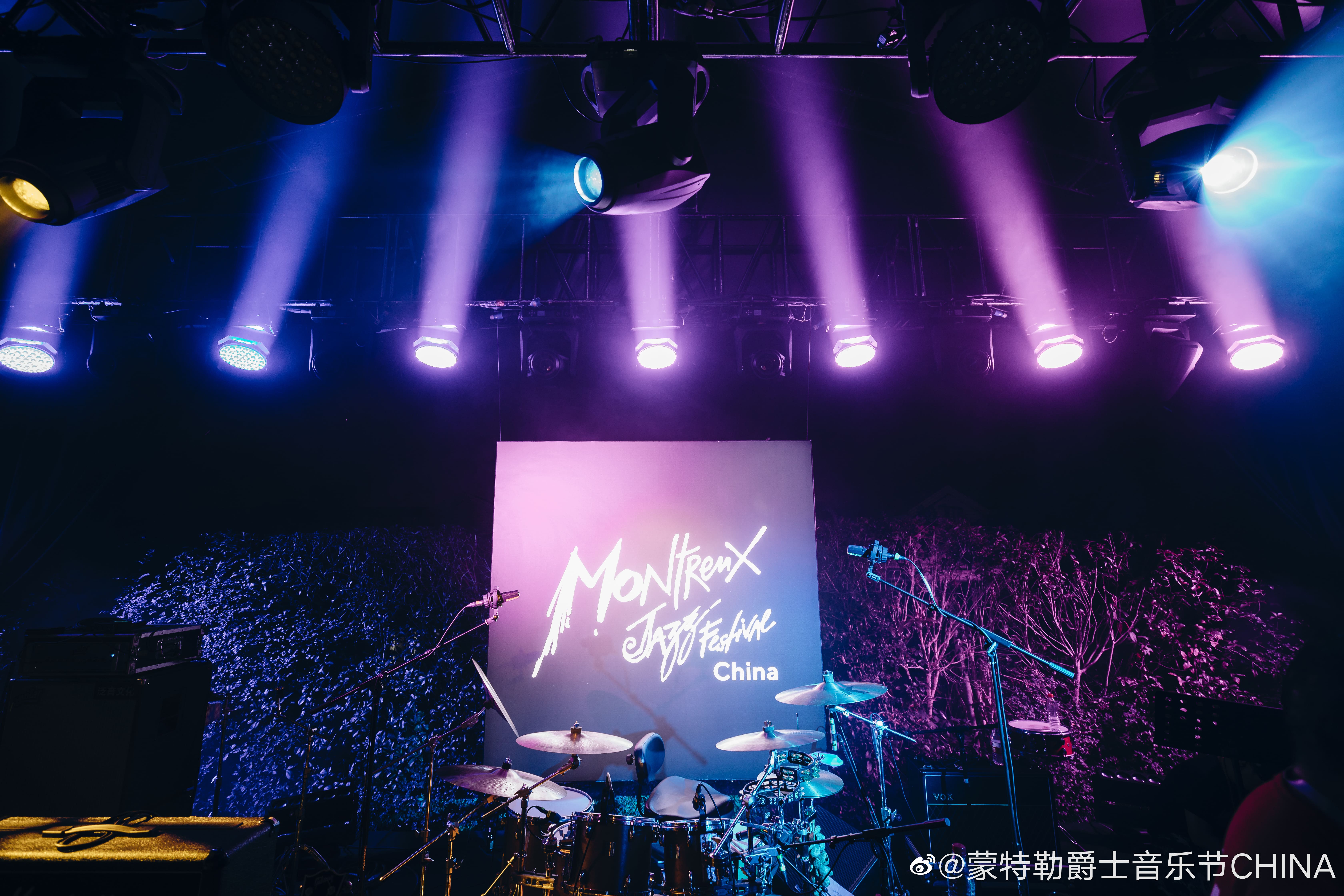
In general, consumer preferences are constantly changing. Brands should keep a firm grip on the shifting consumption patterns of Chinese consumers, employ multifaceted perspectives, gain insight into alterations in Chinese consumers’ lifestyles and purchasing behaviors. This includes exploring the underlying reasons for the changes and anticipating future trends to achieve consistent and high-quality growth in the Chinese market.
A Labbrand Group Company © 2005-2024 Labbrand All rights reserved
沪ICP备17001253号-3* Will be used in accordance with our Privacy Policy
To improve your experience, we use cookies to provide social media features, offer you content that targets your particular interests, and analyse the performance of our advertising campaigns. By clicking on “Accept” you consent to all cookies. You also have the option to click “Reject” to limit the use of certain types of cookies. Please be aware that rejecting cookies may affect your website browsing experience and limit the use of some personalised features.